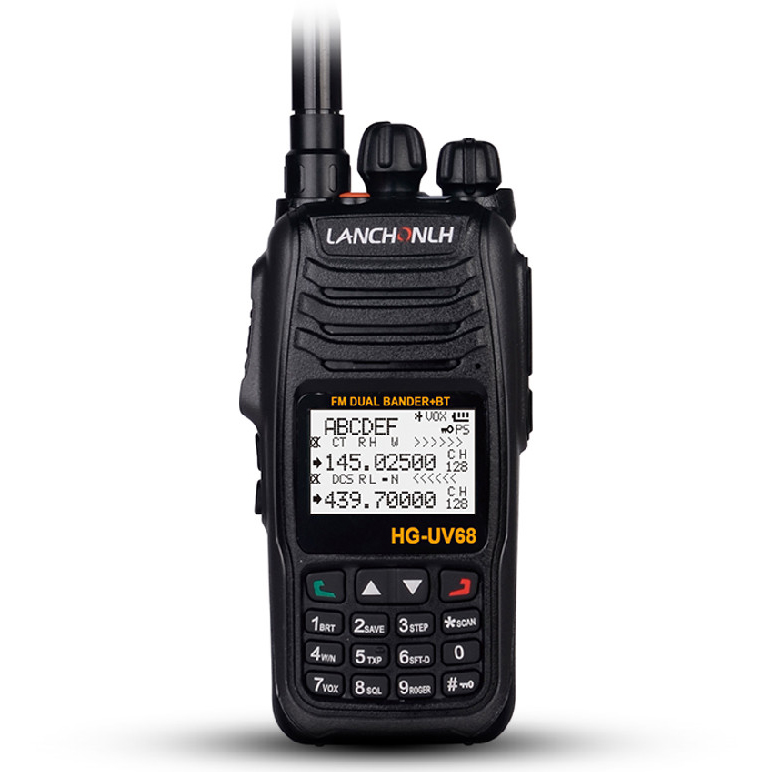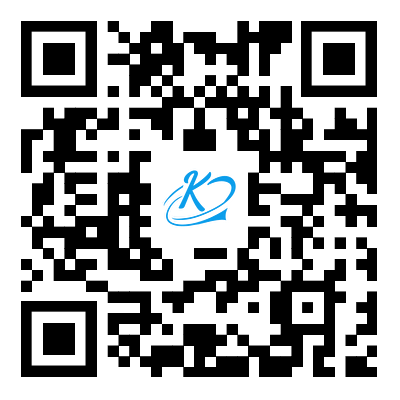Staying Connected with Analog Radio Walkie Talkies
2025-04-10
In a world dominated by smartphones and wireless networks, analog radio walkie talkies remain a trusted and essential communication tool. From outdoor adventures to professional operations, these reliable devices offer simple, direct, and efficient communication when it matters most.
What is an Analog Radio Walkie Talkie?
An analog radio walkie talkie is a portable two-way communication device that uses radio waves to transmit and receive voice signals. Unlike digital models, analog walkie talkies operate on continuous signals, offering clear and consistent audio over short to medium distances. They do not require cell towers, Wi-Fi, or complex infrastructure, making them ideal for remote locations or emergency use.
Why Choose Analog?
While digital technology has its benefits, analog walkie talkies still offer several key advantages. First, they are incredibly easy to use. Most models feature a simple push-to-talk button, volume control, and channel selector, allowing users to communicate instantly without technical setup. They also tend to be more affordable and compatible with a wide range of existing equipment.
Another important advantage is their real-time transmission. Analog signals transmit voice directly and continuously, with no noticeable delay. This can be crucial in situations where timing is critical, such as in security, construction, or event coordination.
Reliable Communication in Every Environment
Analog walkie talkies are known for their rugged design and durability. Many models are built to withstand harsh environments, including rain, dust, and rough handling. This makes them a popular choice for hikers, campers, hunters, and field workers who rely on dependable communication in unpredictable conditions.
In addition, analog radios do not depend on network availability. This means they can be used in areas with no cell service or during emergencies when networks fail. They provide a dependable line of communication that is not easily disrupted.
Limitations to Consider
While analog walkie talkies are reliable, they do have a few limitations. Their range is typically shorter compared to digital models, especially in urban environments with many obstacles. Audio quality may also degrade over long distances or in areas with interference. Additionally, analog signals are not encrypted, making them less secure than digital options for sensitive communications.
Still Relevant in the Digital Age
Despite the rise of digital alternatives, analog radio walkie talkies remain widely used and respected. Their simplicity, affordability, and effectiveness make them a smart choice for both personal and professional use. Whether you are organizing a team, exploring the outdoors, or preparing for emergencies, analog walkie talkies offer a dependable way to stay in touch.
Conclusion
The analog radio walkie talkie proves that sometimes, the simplest tools are the most effective. It delivers reliable communication without the need for complex technology or expensive infrastructure. In a fast-paced world, the ability to press a button and talk instantly still holds incredible value.



